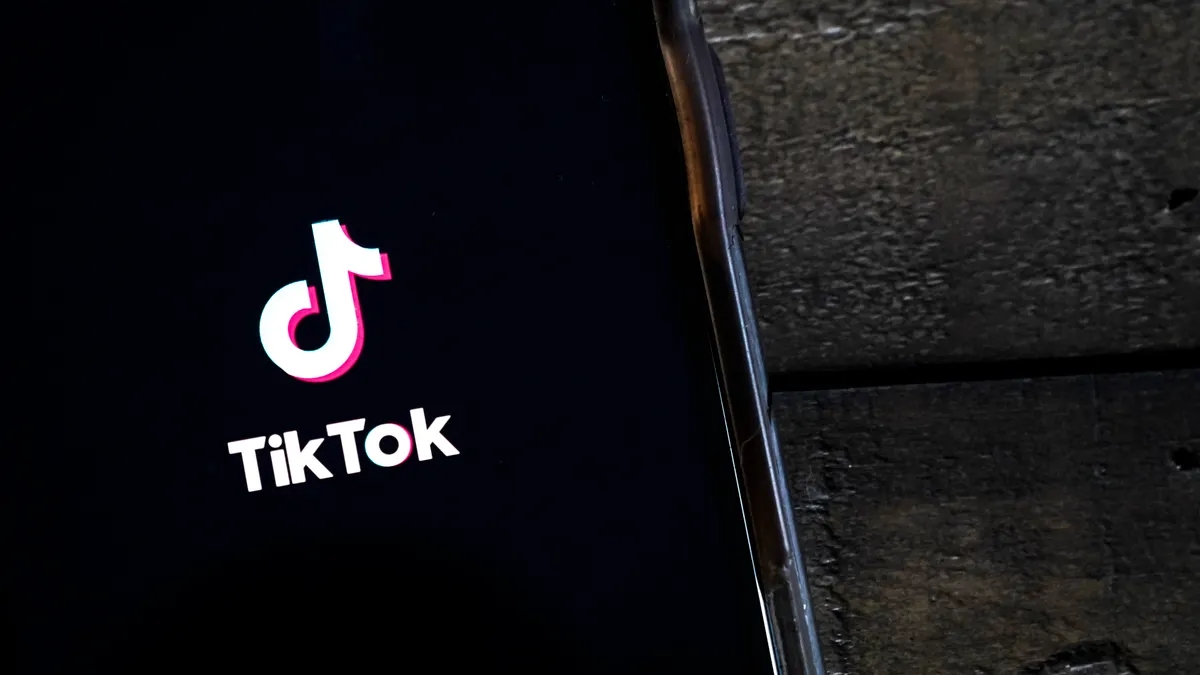Dive Brief:
-
Instagram this year will maintain its spot as the No.1 platform for influencer marketing amid growing competition from social video app TikTok. Marketers in the U.S. this year will spend $2.23 billion on influencer marketing on Instagram, ahead of $948 million on Google’s YouTube and $774.8 million on TikTok, per estimates by Insider Intelligence shared with Marketing Dive.
-
As TikTok continues to capture a bigger share of spending on influencer marketing, it’s predicted to overtake Facebook this year and YouTube by 2024. Marketer usage of TikTok for influencer marketing already exceeds that for YouTube, Inside Intelligence found.
-
Nano-influencers, or internet personalities with fewer than 5,000 followers, make up the fastest-growing segment of spending on influencer marketing with an increase of 220.5% this year, per the Insider Intelligence findings. That growth rate is about eight times as much as the 28% rise in total spending on influencer marketing to $4.99 billion this year.
Dive Insight:
Marketers can benefit from the rivalries among social media apps to be the best home for influencers and creators who help to drive engagement with organic content and paid social advertising. As Instagram and YouTube face a greater rivalry from TikTok, the platforms are likely to work harder to court influencers by giving them more tools to help monetize their content. Increasingly, these incentives will include sponsorship from brands that fit well with the tastes and sensibilities of influencers.
The rivalry among social media apps in the realm of influencer marketing is part of a bigger dynamic that’s shaping the way brands seek to connect with consumers. Because Gen Z and millennials are more likely to avoid advertising than older groups of consumers, brands are partnering with influencers whose opinions affect the purchase decisions of their followers.
Almost two-thirds (62%) of consumers ages 18 to 40 in the U.S. said ads are disruptive and annoying, while 54% said they don’t spend any time watching television with advertising, according to a study by influencer marketing platform Whalar. Its survey found that 73% of those younger consumers trust product reviews from “a person that seems like them,” while 62% trust the recommendations of people who follow the same creators. This yearning for authenticity makes influencer marketing an important tool for brands that seek to cut through ad clutter.
The demand for authenticity also helps to explain the growth in spending on nano-influencers. These taste makers have smaller followings, but their lack of celebrity wattage can be seen as a positive attribute when their opinions are trusted by a dedicated group of followers. In some cases, these influencers have expertise in niche products and make good partners for brands whose total addressable market is smaller. The predicted growth in nano-influencer marketing indicates that more brands are finding ways to work with these creators.














